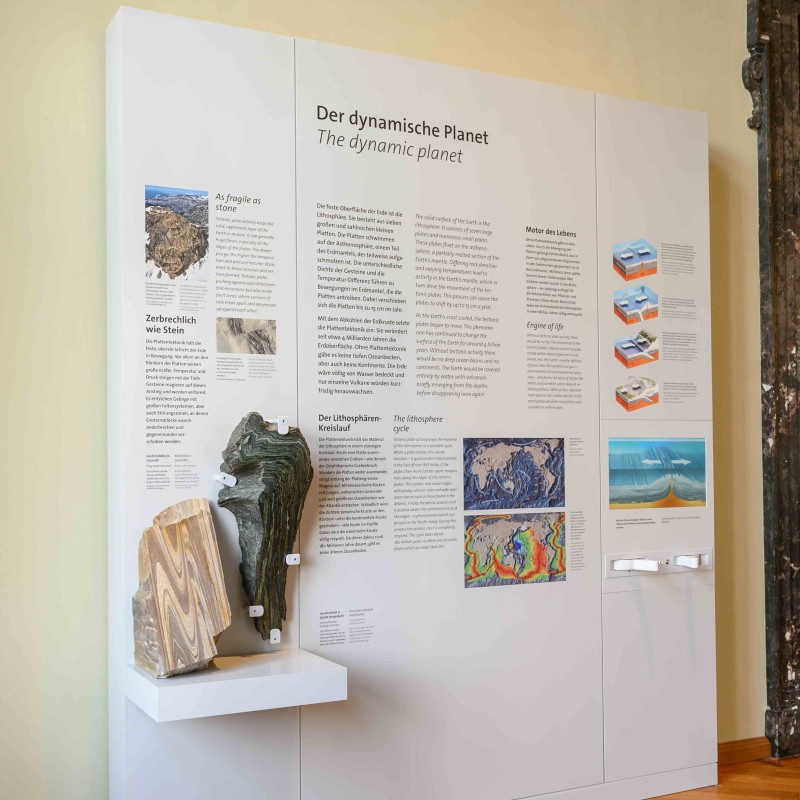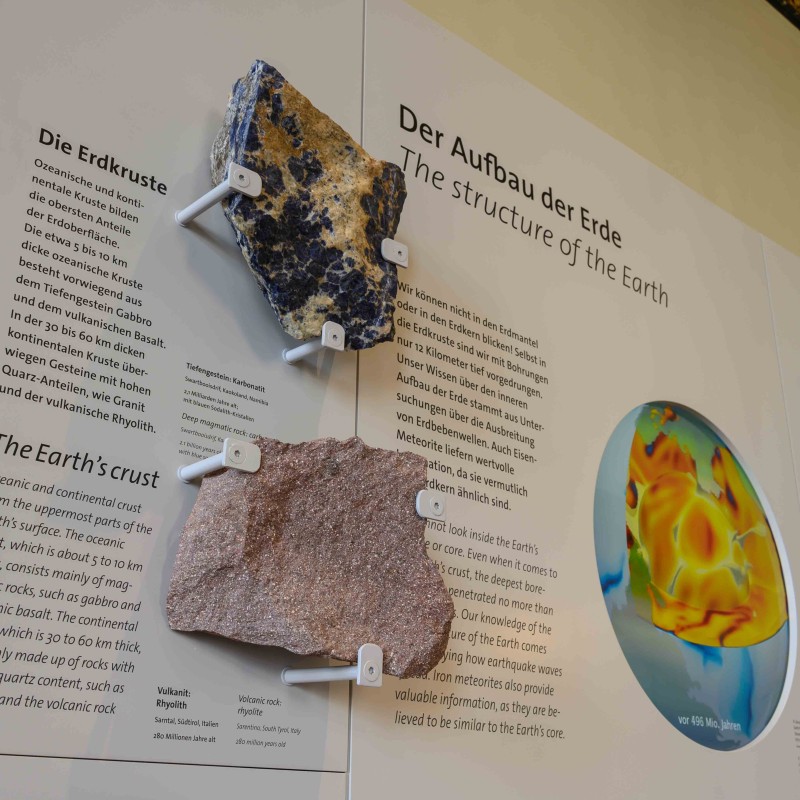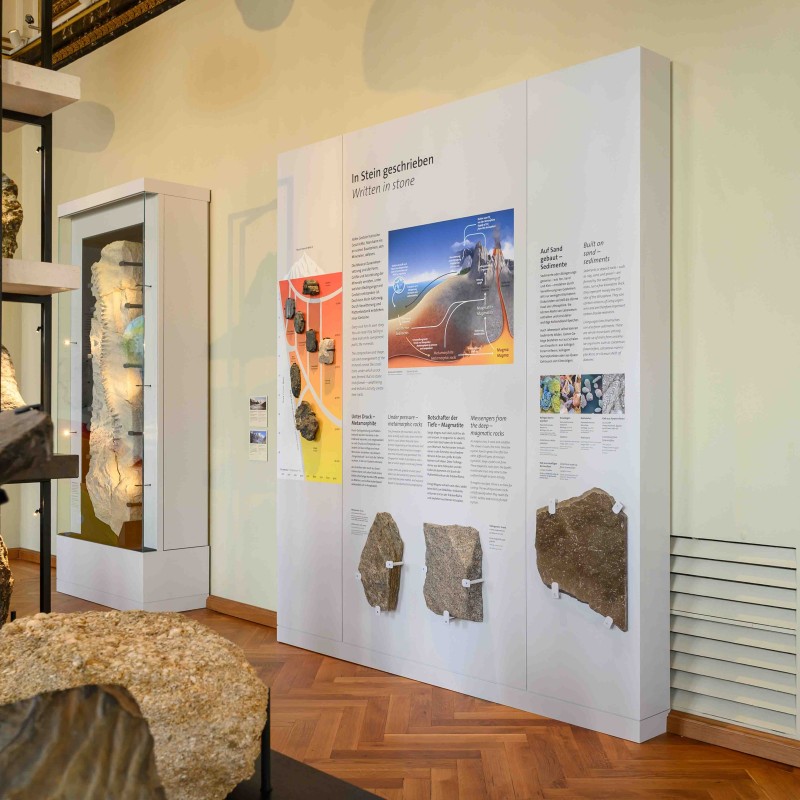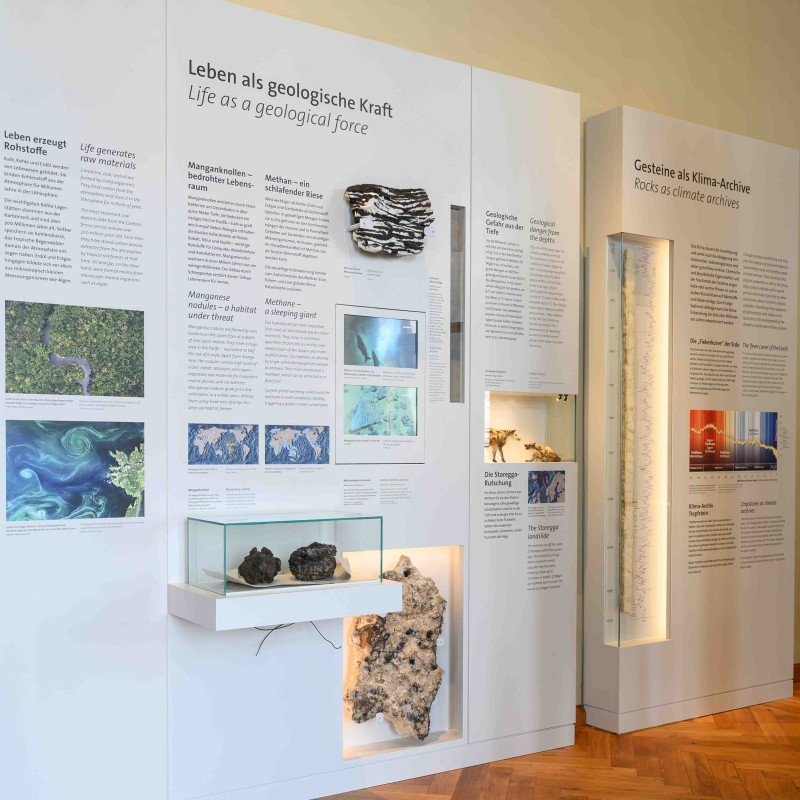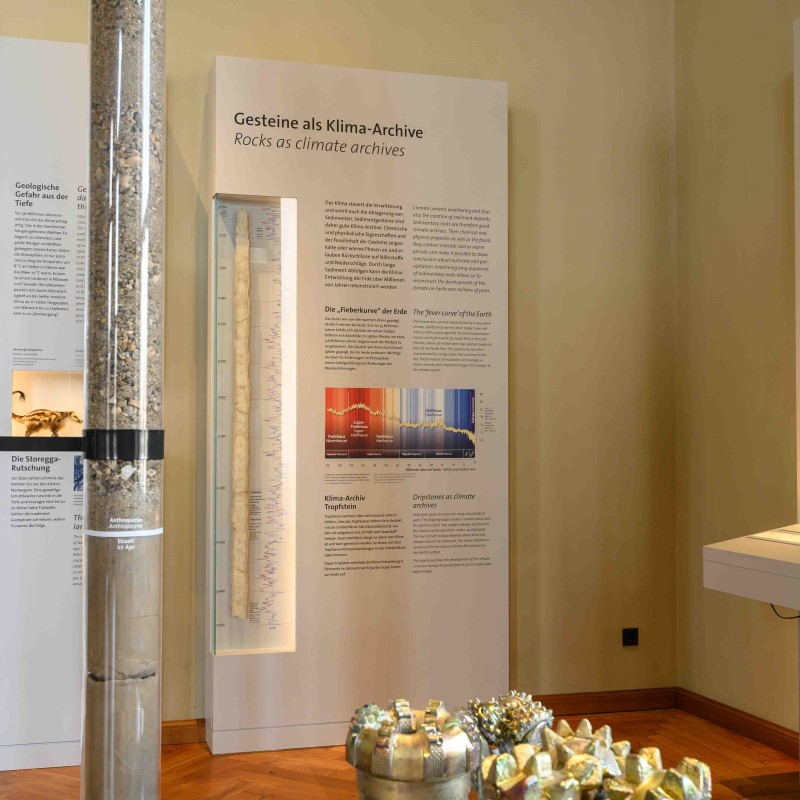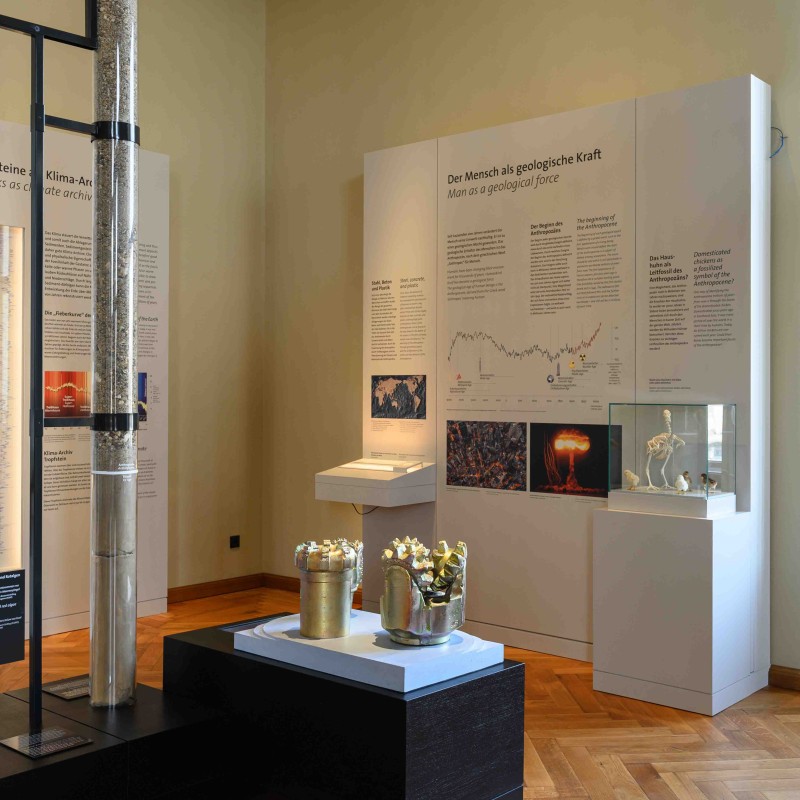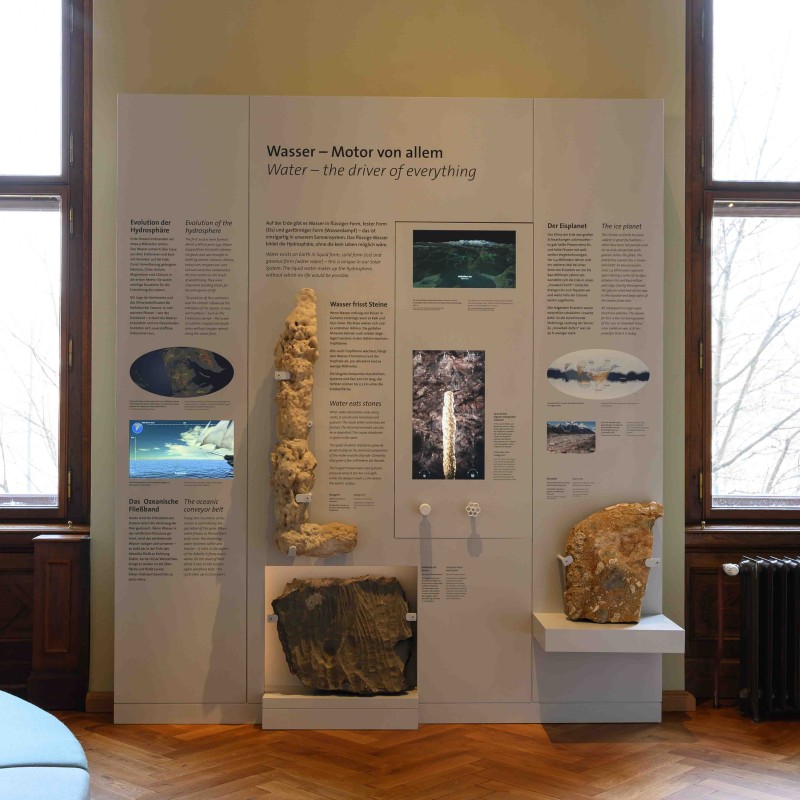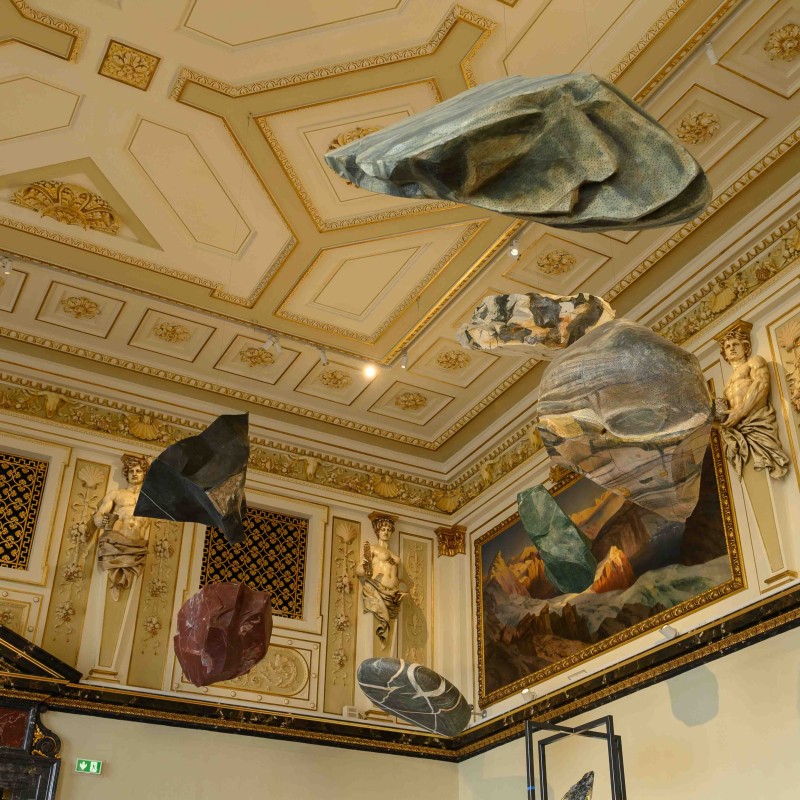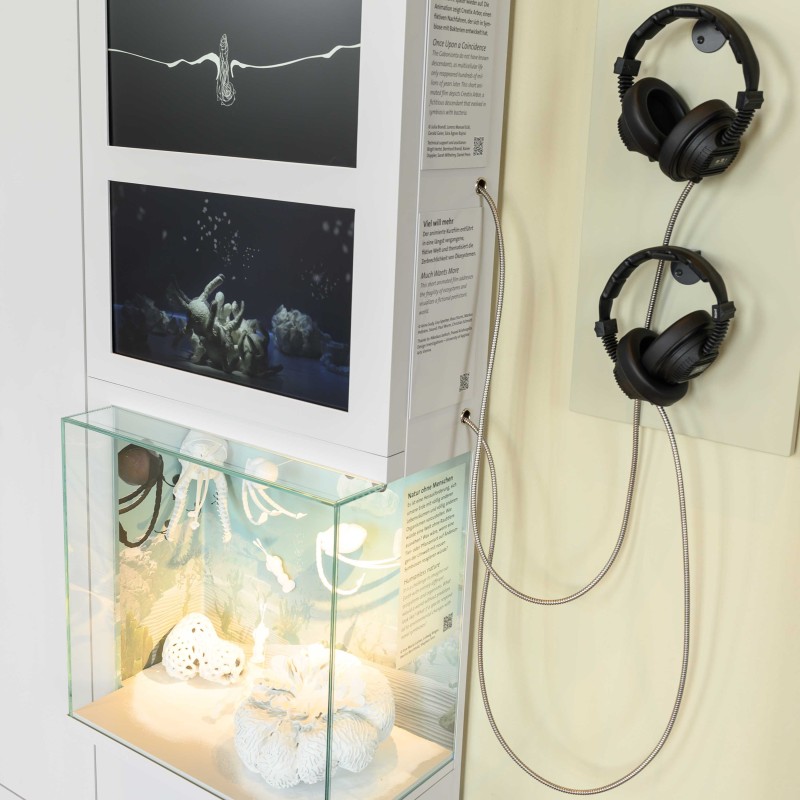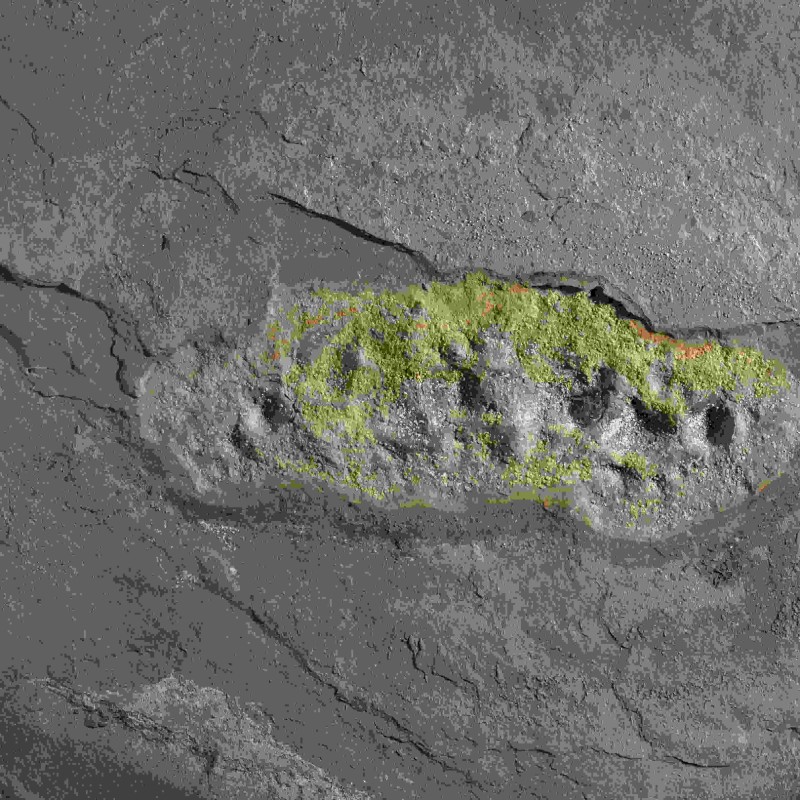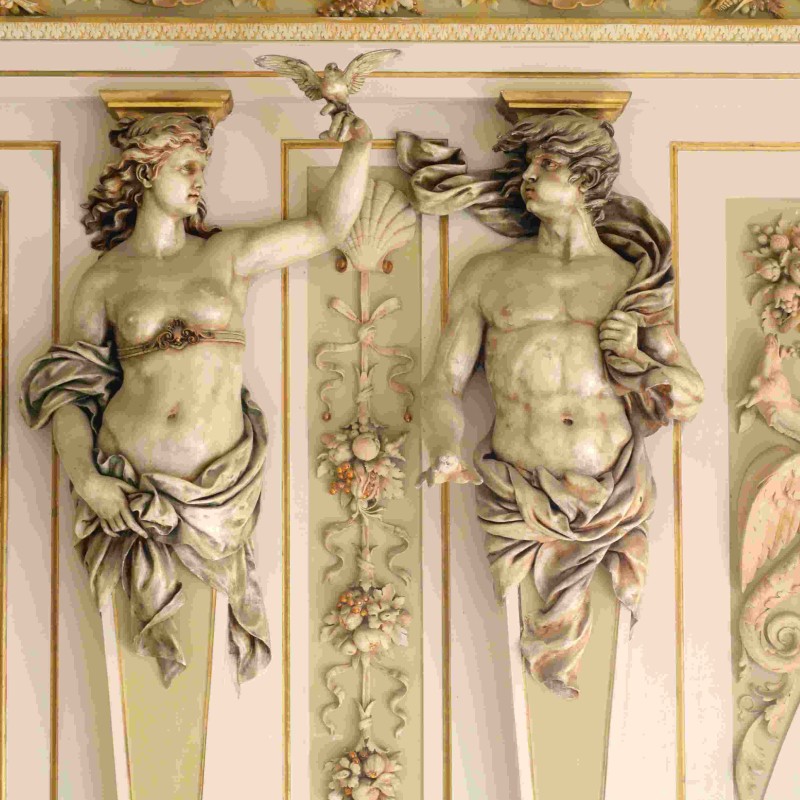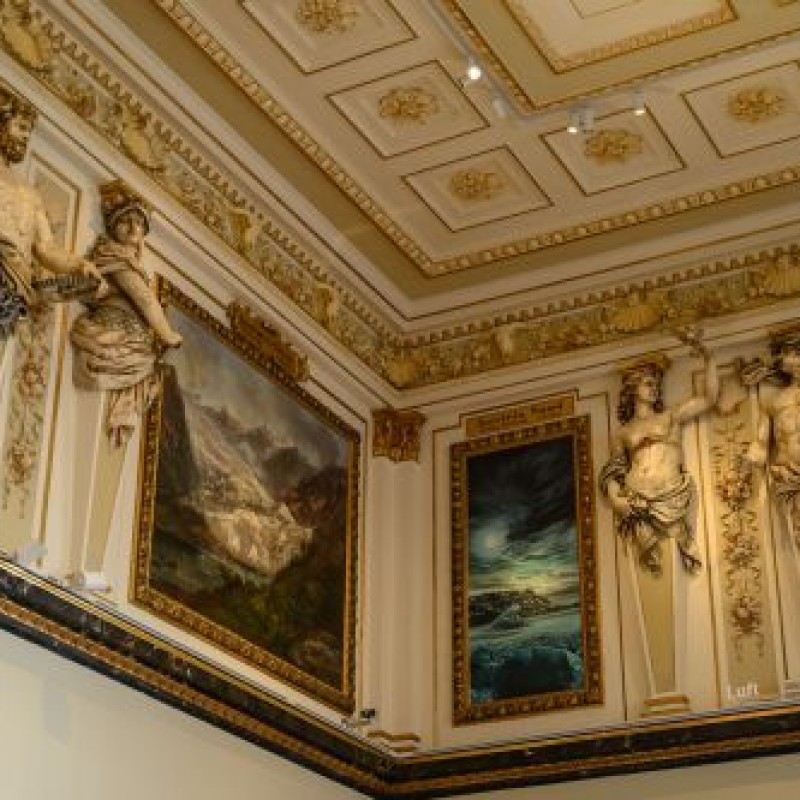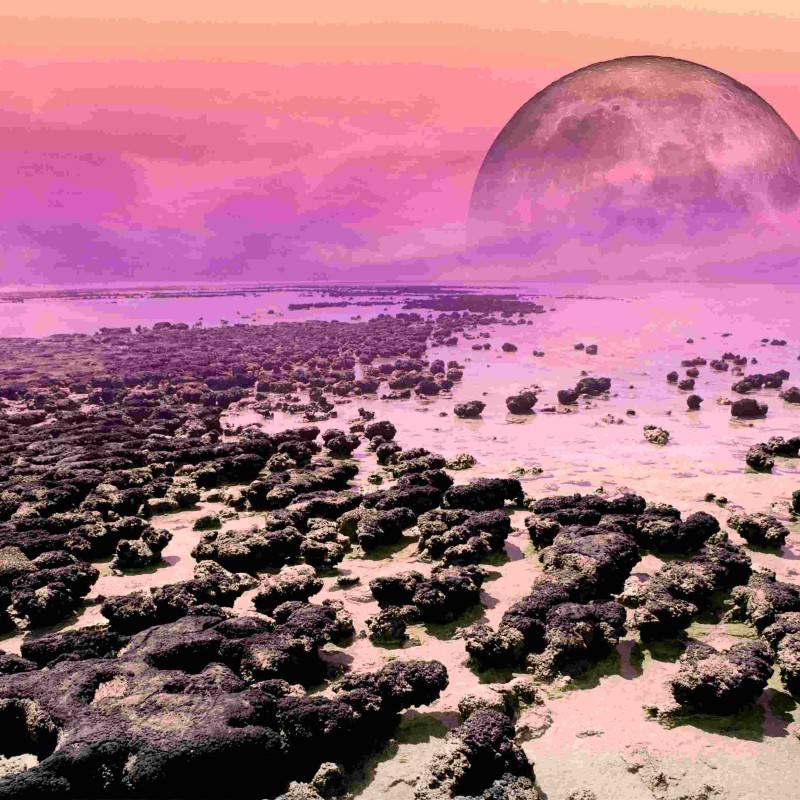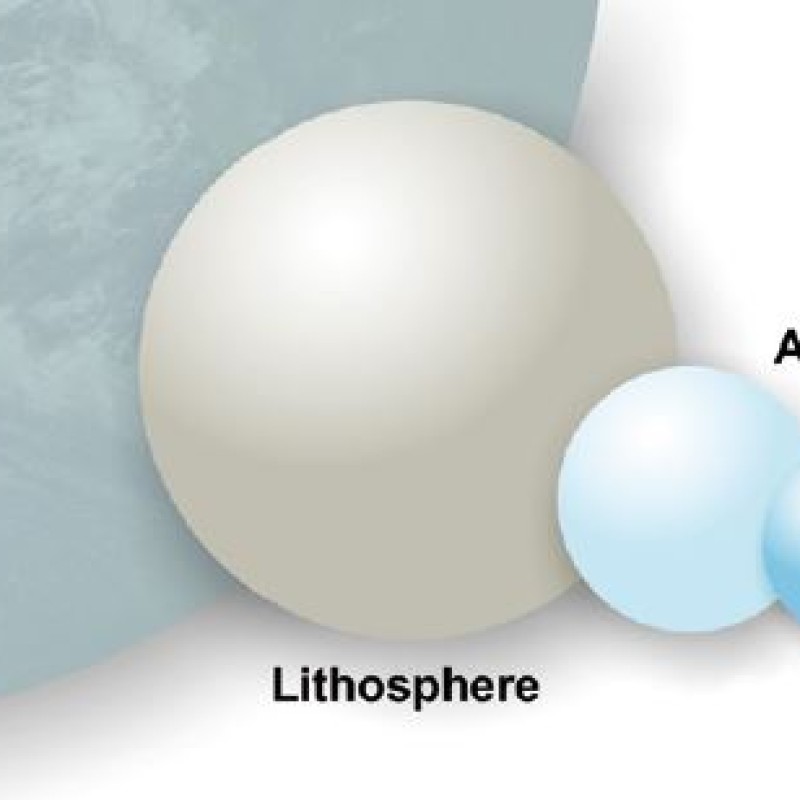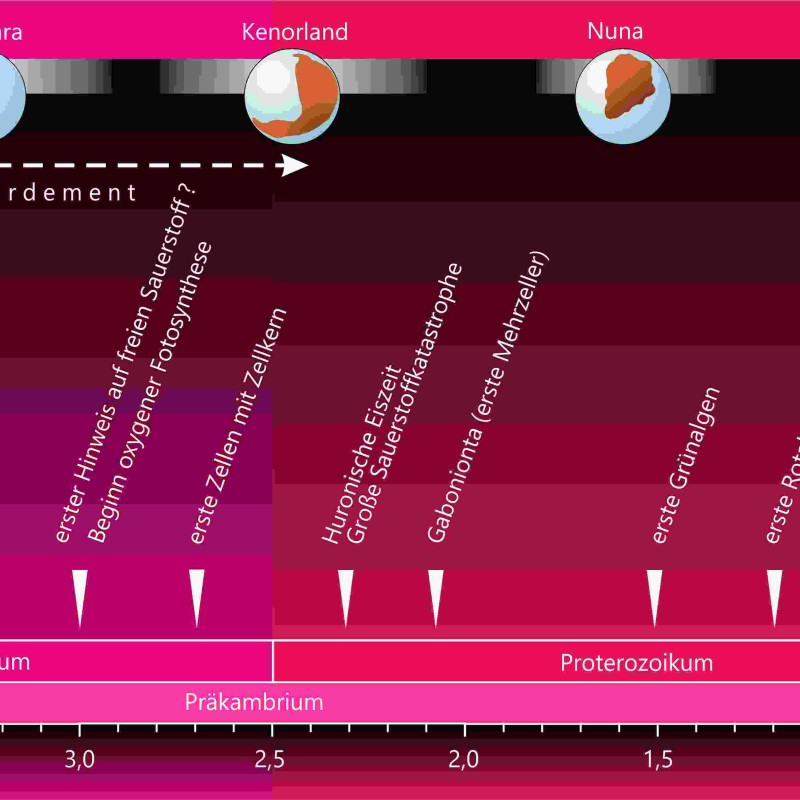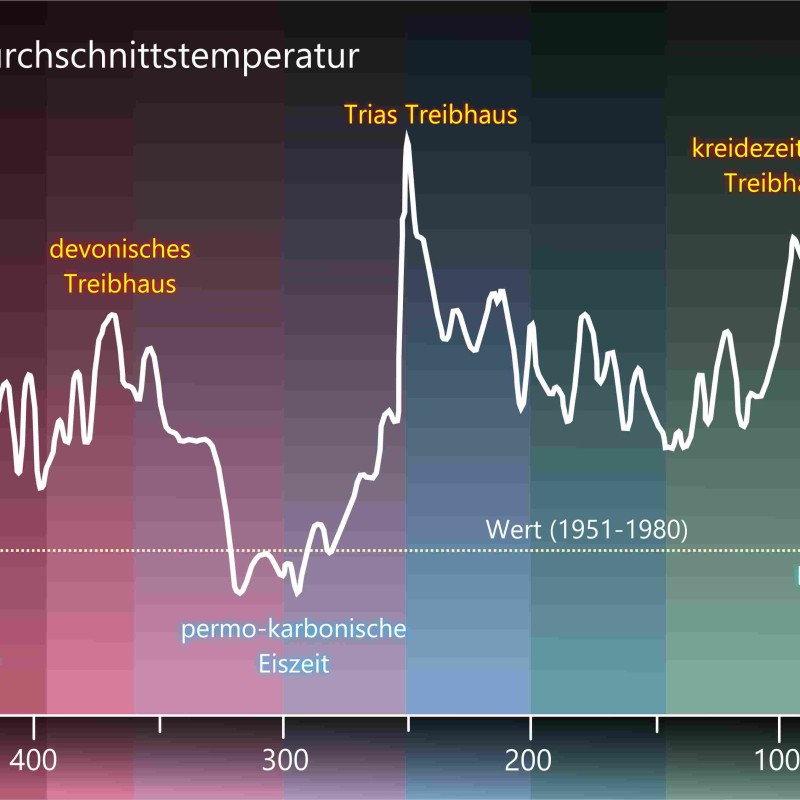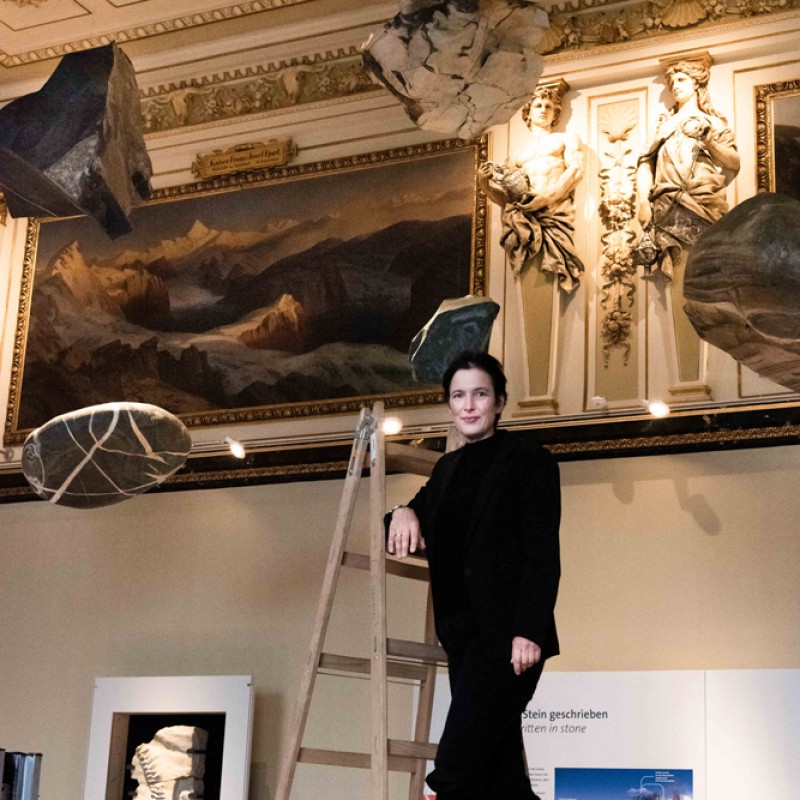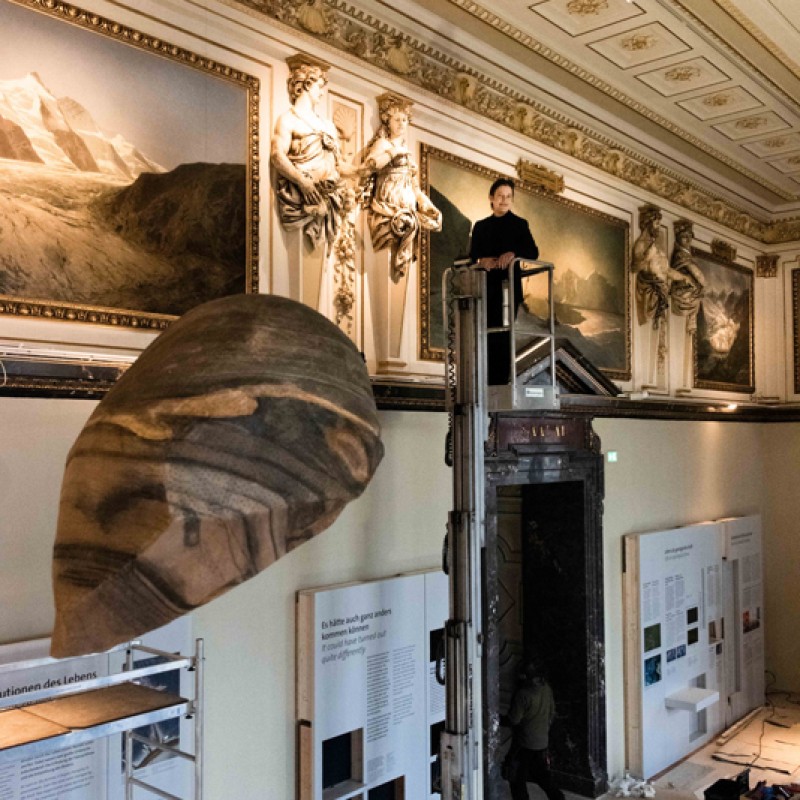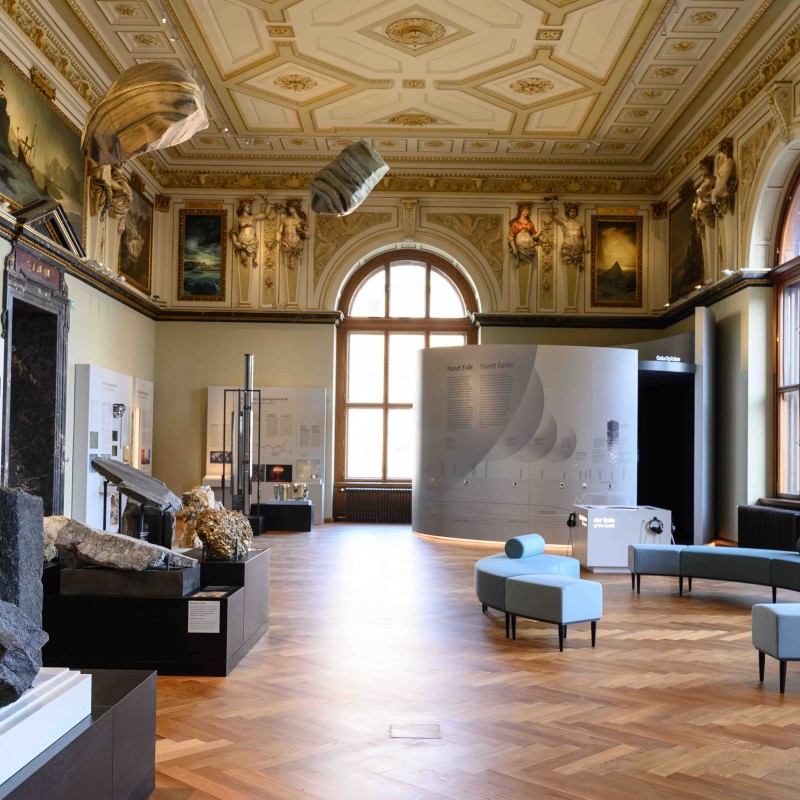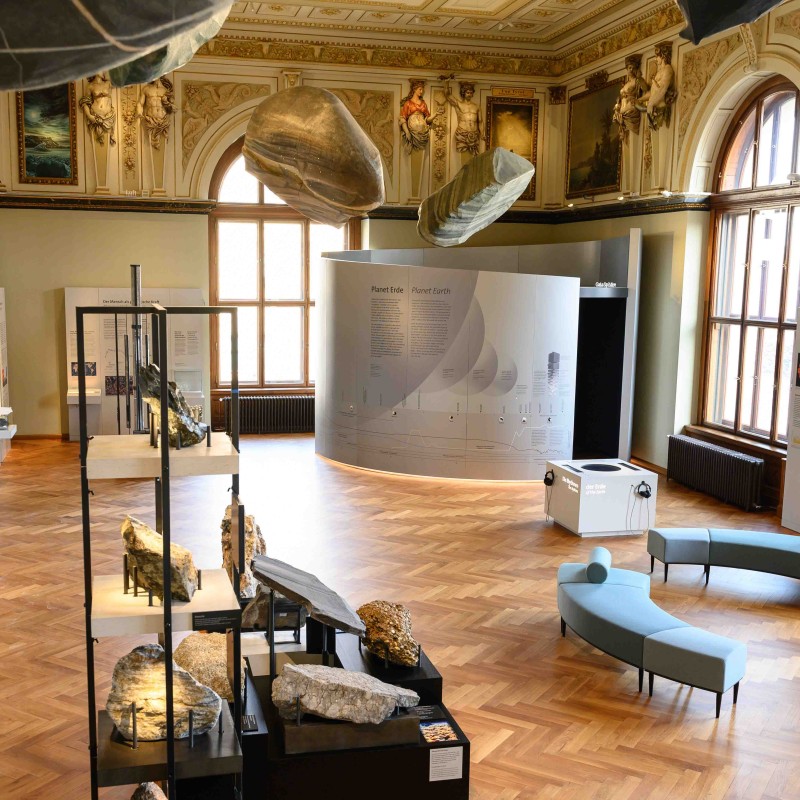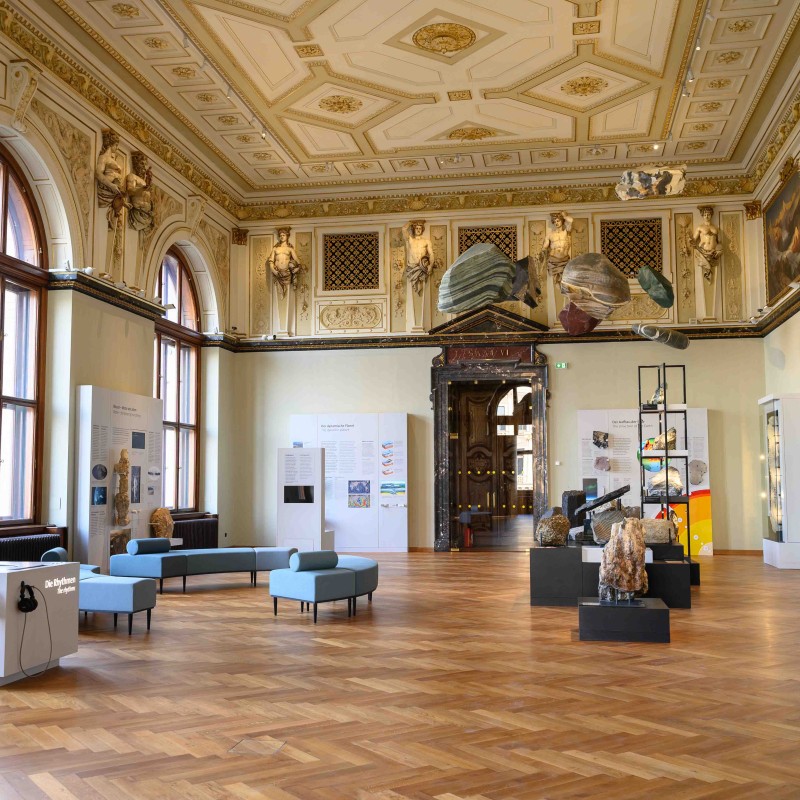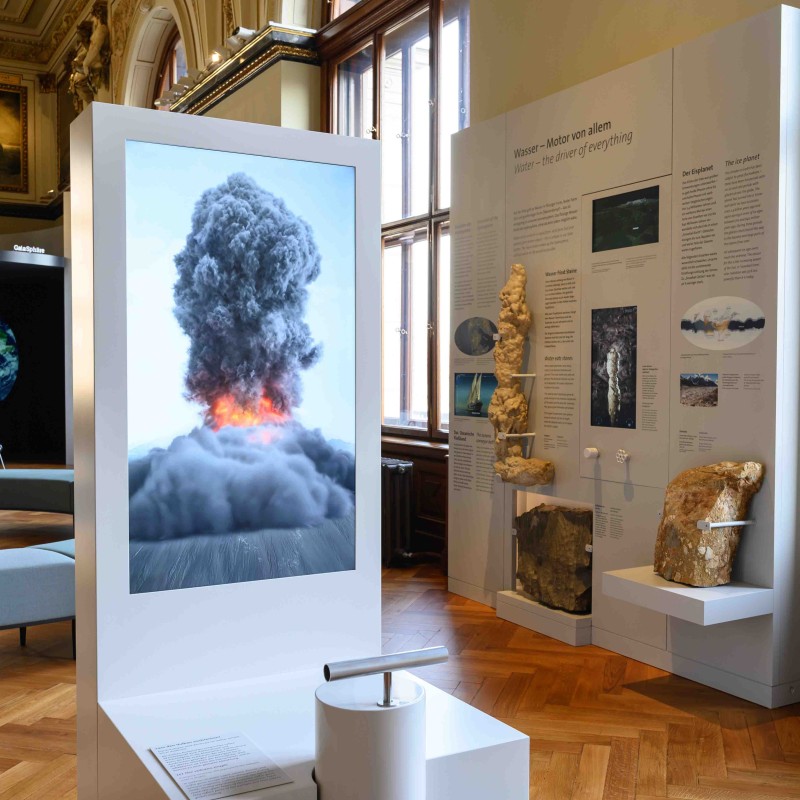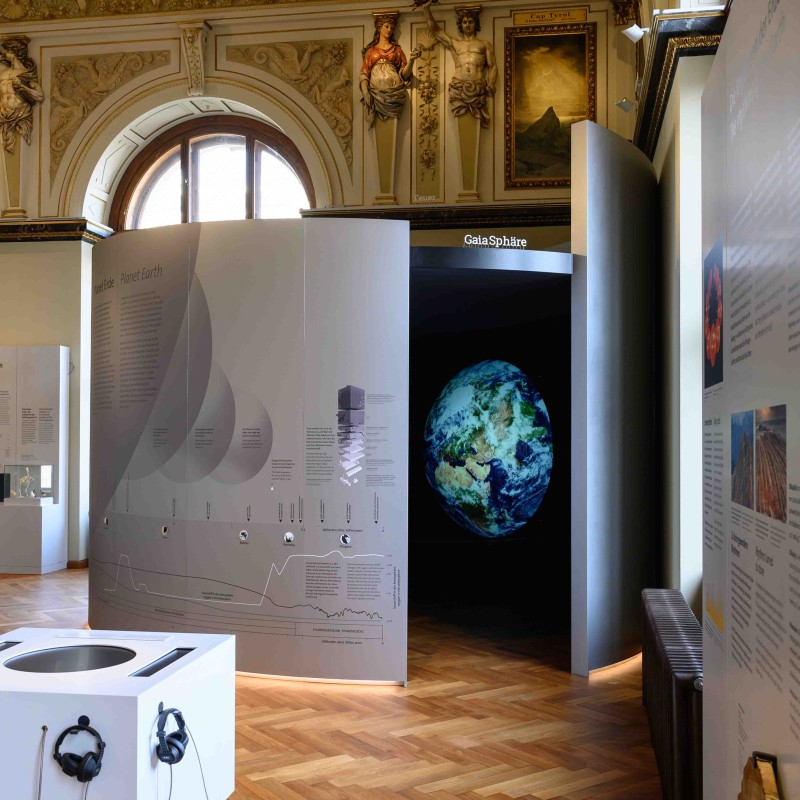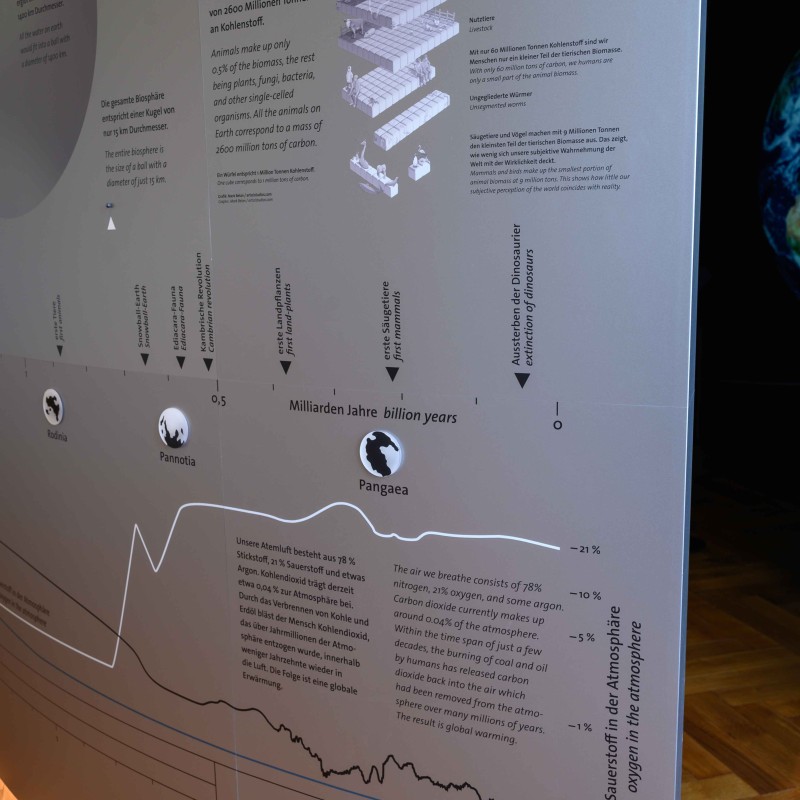Invitation to the press conference: The Earth. A Dynamic Planet
21. February 2023
Hall 6 - the former "Kaisersaal" - is undergoing general renovation and will be open to the public in a new setting from 22
February 2023. The new permanent exhibition "The Earth. A Dynamic Planet" focuses on the structure of the Earth as well as
the beginning of the Anthropocene and shows that everything could have turned out quite differently.
On Tuesday, 21 February 2023, at 10:30 a.m., the NHM Vienna invites you to a press conference on the occasion of the newly designed hall.
On Tuesday, 21 February 2023, at 10:30 a.m., the NHM Vienna invites you to a press conference on the occasion of the newly designed hall.
Tuesday, 21 February 2023, 10:30 a.m.
Venue: Natural History Museum Vienna, Maria-Theresien-Platz, 1010 Vienna
Admission: from 10:00 a.m.
Start: at 10:30 a.m.
Programme:
Welcome and introductory words
Dr. Katrin Vohland, Director General and Scientific Director of the NHM Vienna
On the design of the exhibition "The Earth. A Dynamic Planet"
a.o. Univ. Prof. Dr. Mathias Harzhauser, Head of the Geological-Palaeontological Department of the NHM Vienna
On the new design of Room VI
DI Gregor Schuberth, Architect, Vienna
Between art and science
Stefan Zinell, University of Applied Arts Vienna
Followed by: Visit and tour of Hall VI
The Earth. A dynamic planet
In Hall 6 - the former “Kaisersaal” - the new exhibition focuses on the structure of the Earth as well as the beginning of the Anthropocene. It shows that life on earth as we know it could have also turned out quite differently! The exhibition was designed by the architectural firm Schuberth und Schuberth.
Anyone who associates geology only with boring rocks will be surprised by the new exhibition at the NHM Vienna, which is equipped with many hands-on objects and demonstrates how comprehensively the earth sciences are trying to decipher the processes of our planet today. The boundaries between scientific disciplines have long been blurred, and from rocks the path quickly leads to the atmosphere and hydrosphere or to the world of microbes.
Instead of presenting a systematics of rocks, the exhibition illuminates the manifold relationships between the lithosphere and the biosphere. The arc spans from the structure of the Earth to the Anthropocene, the age in which humans began to emerge as a geological force. While you playfully create mountains at an interactive station, you learn that it was plate tectonics that made life possible – until today – through its cycles lasting millions of years. Surprisingly, the great revolutions of life, such as the invention of photosynthesis and the colonization of the mainland by plants, also had a direct influence on the rocks and changed the face of the Earth forever. Life colored the planet!
Please register for the press conference: presse@nhm-wien.ac.at
Venue: Natural History Museum Vienna, Maria-Theresien-Platz, 1010 Vienna
Admission: from 10:00 a.m.
Start: at 10:30 a.m.
Programme:
Welcome and introductory words
Dr. Katrin Vohland, Director General and Scientific Director of the NHM Vienna
On the design of the exhibition "The Earth. A Dynamic Planet"
a.o. Univ. Prof. Dr. Mathias Harzhauser, Head of the Geological-Palaeontological Department of the NHM Vienna
On the new design of Room VI
DI Gregor Schuberth, Architect, Vienna
Between art and science
Stefan Zinell, University of Applied Arts Vienna
Followed by: Visit and tour of Hall VI
The Earth. A dynamic planet
In Hall 6 - the former “Kaisersaal” - the new exhibition focuses on the structure of the Earth as well as the beginning of the Anthropocene. It shows that life on earth as we know it could have also turned out quite differently! The exhibition was designed by the architectural firm Schuberth und Schuberth.
Anyone who associates geology only with boring rocks will be surprised by the new exhibition at the NHM Vienna, which is equipped with many hands-on objects and demonstrates how comprehensively the earth sciences are trying to decipher the processes of our planet today. The boundaries between scientific disciplines have long been blurred, and from rocks the path quickly leads to the atmosphere and hydrosphere or to the world of microbes.
Instead of presenting a systematics of rocks, the exhibition illuminates the manifold relationships between the lithosphere and the biosphere. The arc spans from the structure of the Earth to the Anthropocene, the age in which humans began to emerge as a geological force. While you playfully create mountains at an interactive station, you learn that it was plate tectonics that made life possible – until today – through its cycles lasting millions of years. Surprisingly, the great revolutions of life, such as the invention of photosynthesis and the colonization of the mainland by plants, also had a direct influence on the rocks and changed the face of the Earth forever. Life colored the planet!
Please register for the press conference: presse@nhm-wien.ac.at
Franceville, Gabun, Westafrika; 2,1 Milliarden Jahre alt
Leihgabe: Abderrazak El Albani | Université de Poitiers, Poitiers, Frankreich.
© NHM Wien, A. Schumacher
Leihgabe: Abderrazak El Albani | Université de Poitiers, Poitiers, Frankreich.
© NHM Wien, A. Schumacher
Methan färbte die frühe Sauerstoff-Atmosphäre rosa. Der Mond war der Erde näher als heute.
© NHM Wien, M. Harzhauser
© NHM Wien, M. Harzhauser

